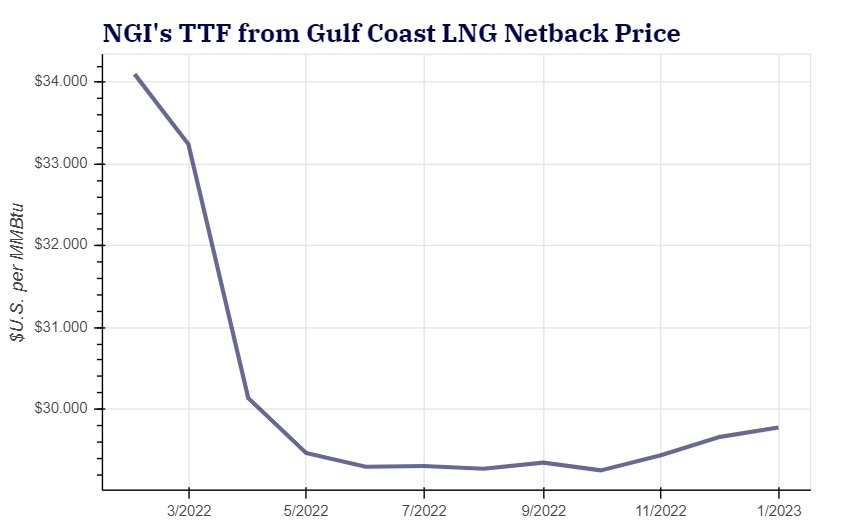Markets | E&P | Infrastructure | International | LNG | Natural Gas Prices | NGI All News Access
Natural Gas Futures Steady in Rare Quiet Session Ahead of Expiration; Cash Rising
© 2024 Natural Gas Intelligence. All rights reserved.
ISSN © 1532-1231 | ISSN © 2577-9877 |



